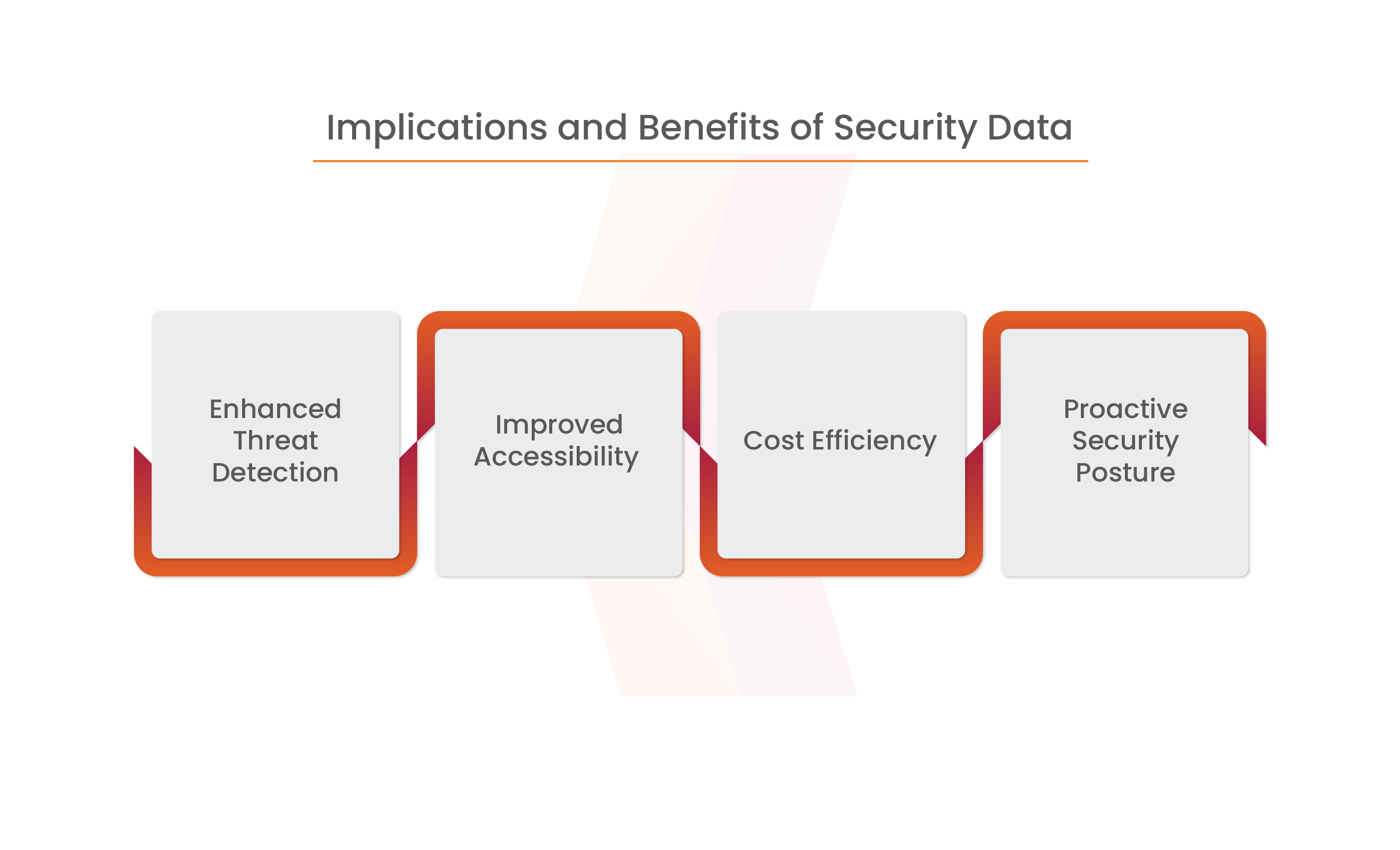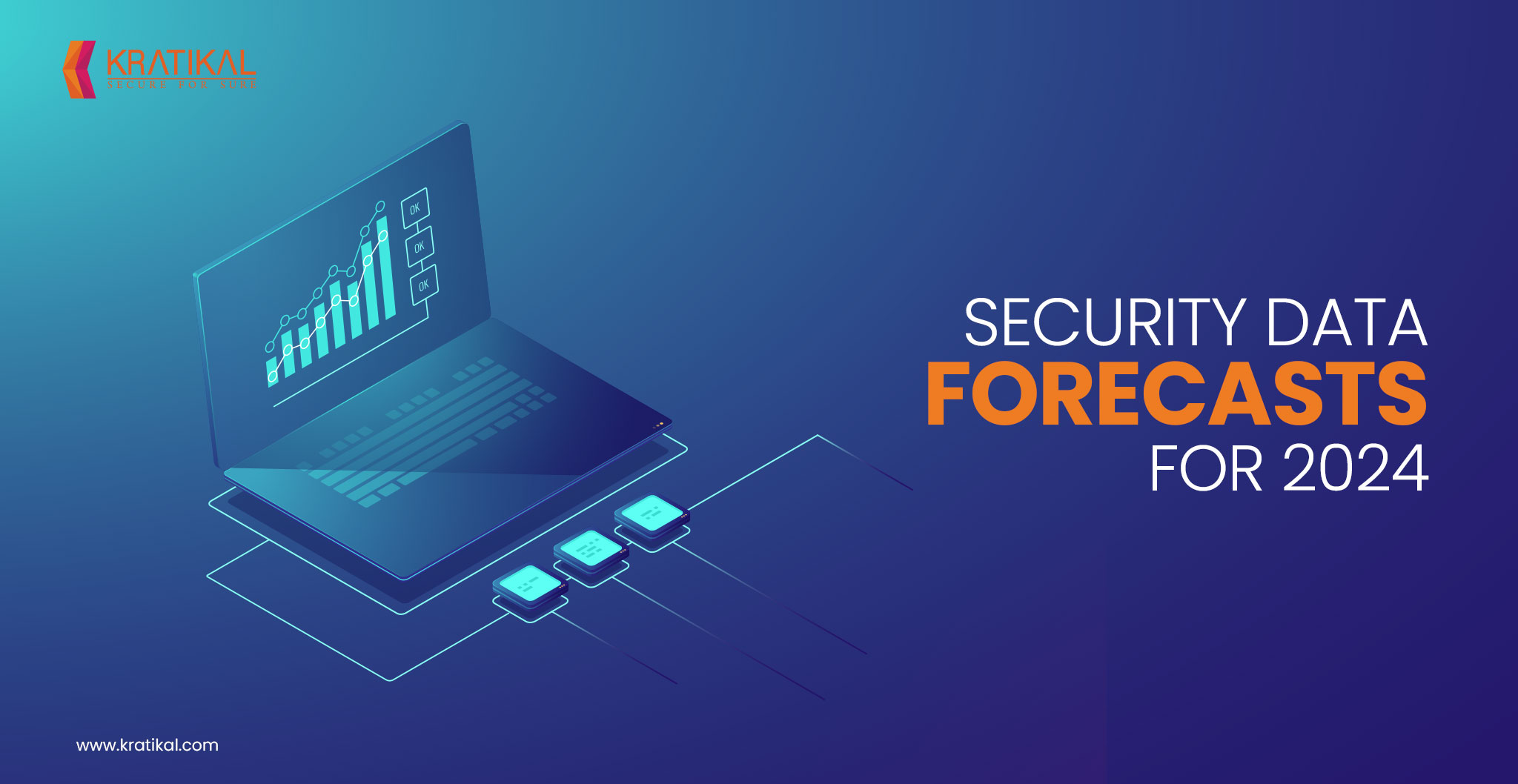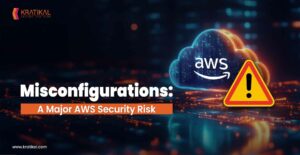In October 2023,114 security incidents were revealed, pushing the year’s total to 5 billion! Safeguarding the threat environments has become complex due to massive data growth, increased customer demands, and constant cyber risks. The landscape of nation-state cyber security data activity has shifted from conventional attacks and ransomware to more covert tactics such as espionage and data theft.
Ultimately, security teams find themselves fielding inquiries from regulators, auditors, the board, and the CISO. They must address concerns regarding risks, potential attacks, and the organization’s adherence to compliance standards. For instance, they might need to confirm the deployment of endpoint detection and response agents across all endpoints or identify gaps in coverage. They’re tasked with determining the duration of a network breach, the accessed data, and even the source of an attack. These questions highlight the complexity of their responsibilities. In this context, security groups from GRC analysts to cyber attackers often find themselves navigating fragmented security data to comprehend the threats.
Considering these challenges, below are outlined three predictions for 2024 aimed at guiding decision-makers dealing with security data.
Table of Contents
Book Your Free Cybersecurity Consultation Today!
3 Security Data Predictions
In the ever-changing world of cybersecurity, anticipating shifts becomes crucial. Here are 3 predictions that are shaping the future of security data:
Big Data Insights will no longer be limited to data scientists:
Harnessing actionable insights from big data has no longer rested in the hands of specialized data scientists. Similarly to the scarcity seen in cybersecurity, these experts are in high demand, leaving numerous teams struggling for their expertise.
Looking ahead, forthcoming changes will hasten security teams; ability to access and interpret extensive data sets in more accessible formats. Platforms like Data Fabric, DSPM, and DSML are revolutionizing security by simplifying access to enterprise security data.
These platforms’ user-friendly interfaces empower a wider spectrum of team members to detect and address threats or operational obstacles. The democratization of data privacy arrives at a critical juncture, especially with AI advancements aiding malicious infiltrations. With more vigilant eyes and the capability to take proactive measures, enterprises stand a better chance at proactively countering potential threats.
Security Teams Embrace Data Lakes: Unifying Data and Cutting Storage Costs:
Cybersecurity teams face a long-standing issue: despite valuable data from numerous security tools, integrating this information seamlessly remains a challenge. Security Information and Event Management, SIEM solutions have helped but face ongoing issues like storage limits, accessibility challenges, and high costs. Looking ahead to 2024, the spotlight is shifting towards cloud-based data lakes.
Enter ‘security data lakes’—poised to become commonplace. These dedicated hubs for security data privacy offer an optimal solution, consolidating disparate security information while improving scalability and accessibility for seamless data sharing across teams. This evolution promises expedited threat detection, mitigation, and heightened compliance adherence, significantly enhancing cybersecurity efficacy.
In 2024 continuous monitoring will revolutionize governance, risk, and compliance:
GRC is all set for relief as Continuous Control Monitoring (CCM) gains wider adoption. Teams relying on manual processes like Excel have faced challenges keeping up with security, risk, and compliance demands in big organizations. GRC professionals will propel the rapid adoption of CCM, enabling real-time compliance tracking and management. They’ll leverage data fabrics and data lakes to bolster CCM reports, ensuring consistency during audits. Consequently, expect significant drops in fines for large organizations, with cyber insurance likely to mandate CCM for insurance acquisition or renewal. While 2024 may pose “regulatory risk” for many GRC and compliance teams, those embracing CCM solutions will not face the same challenges.
Get in!
Join our weekly newsletter and stay updated
Implications and Benefits of Security Data
Enhanced Threat Detection:
Empowering security teams to swiftly detect and respond to threats by democratizing big data insights and adopting advanced platforms.
Improved Accessibility:
Moving data to cloud-based lakes enables unified, accessible repositories, fostering seamless team collaboration for faster threat mitigation.
Cost Efficiency:
Cloud-based solutions, such as data lakes, ease storage limitations from traditional SIEM setups, enabling efficient data management without compromising security.
Proactive Security Posture:
The collective impact of these advancements promises proactive security measures, empowering enterprises to stay ahead of evolving threats and regulatory changes.

Conclusion:
The forecasts for 2024 give a promising picture amid the complexities of security incidents. These predictions offer a roadmap for security teams to navigate the intricate maze of data, threats, and compliance demands. Big data insights, security data lakes, and Continuous Control Monitoring (CCM) anticipate a transformative era, signaling the democratization of information ahead. These advancements promise not just improved threat detection and accessibility but also cost efficiency and proactive security measures.
Incorporating VAPT services into security frameworks helps organizations proactively identify and address potential security loopholes amidst evolving cyber risks. Teams adopting these trends can protect their cybersecurity stance for 2024, to tackle challenges and leverage emerging opportunities in cyberspace.
Kratikal a CERT-In empanelled auditor, plays a crucial role in bolstering the security of web applications. With extensive experience in Vulnerability Assessment and Penetration Testing (VAPT), Kratikal conducts audits on decentralized software and smart contracts, diligently identifying and remedying potential vulnerabilities.
Kratikal’s proactive approach to cybersecurity and its expertise in testing web applications underscore its pivotal role in ensuring their safety. Our commitment to remaining at the forefront of cybersecurity positions us as the optimal partner for organizations ensuring the safety of their web application infrastructure. Kratikal empowers businesses to maximize the potential of their web applications while prioritizing user privacy and safeguarding vital digital assets with unwavering assurance.








Leave a comment
Your email address will not be published. Required fields are marked *